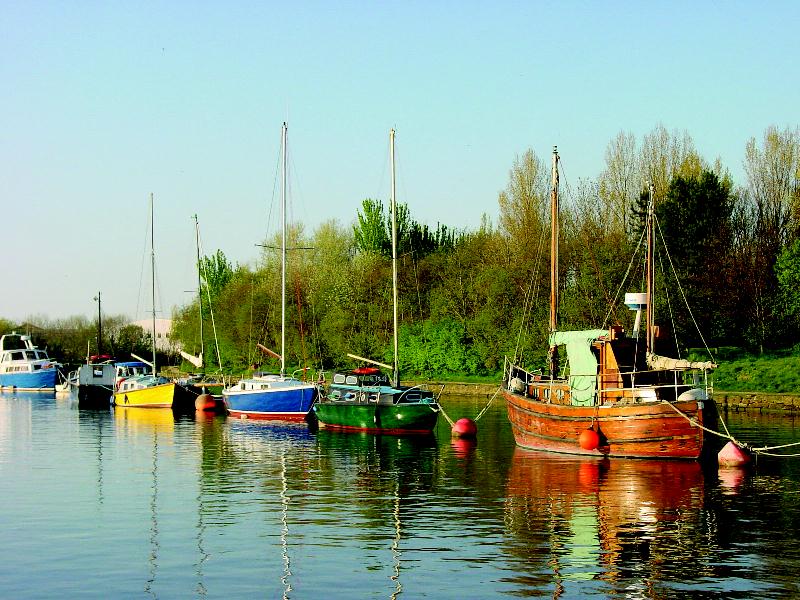Work starts this month on essential masonry repairs to the walls of the Widnes section of the historic Sankey Canal at Spike Island.
These repairs are being funded through considerable investment secured from an external source to a value of £78k and will entail the removal of invasive shrubs and vegetation, followed by a programme of pointing and replacing missing and damaged stones in the canal wall.
The majority of the work will be undertaken in the section of the canal that runs along Spike Island with some localised repairs further up-stream toward the Carterhouse Swing-Bridge at Tanhouse Lane.
The canal will need to drained in order to allow access to the areas of the walls that are to be repaired. This operation will start in early February and it is likely to take two or three weeks to lower the water level before the repair works can begin.
The Sankey Canal was the first true canal to be constructed in England with the first section from Parr to the River Mersey at Sankey Bridges being opened in 1757. When completed it created a 15 mile route that provided a direct link between St Helens and Widnes and access to the tidal estuary of the River Mersey.
In its hey-day in the 1850s the canal was successful and profitable but by the mid-1900s several sections had been closed and traffic to St Helens had ceased. In 1959 the final cargo of sugar to the Sankey Sugar Works marked the end of commercial use and the remainder of the canal was abandoned by an Act of Parliament in 1963.
Cllr Stef Nelson, Halton Borough Council’s portfolio holder for Environment and Urban Renewal, said: “Since the 1980s the three local authorities, Halton, Warrington and St Helens together with the Sankey Canal Restoration Society have undertaken a number of environmental and amenity based improvements together with an ongoing programme of maintenance works.
“The current works continue this programme and aim to help to secure the structure of the canal walls that are such an important historic feature of the landscape at Spike Island. They also demonstrate the Council’s ongoing commitment to this historic asset.”

